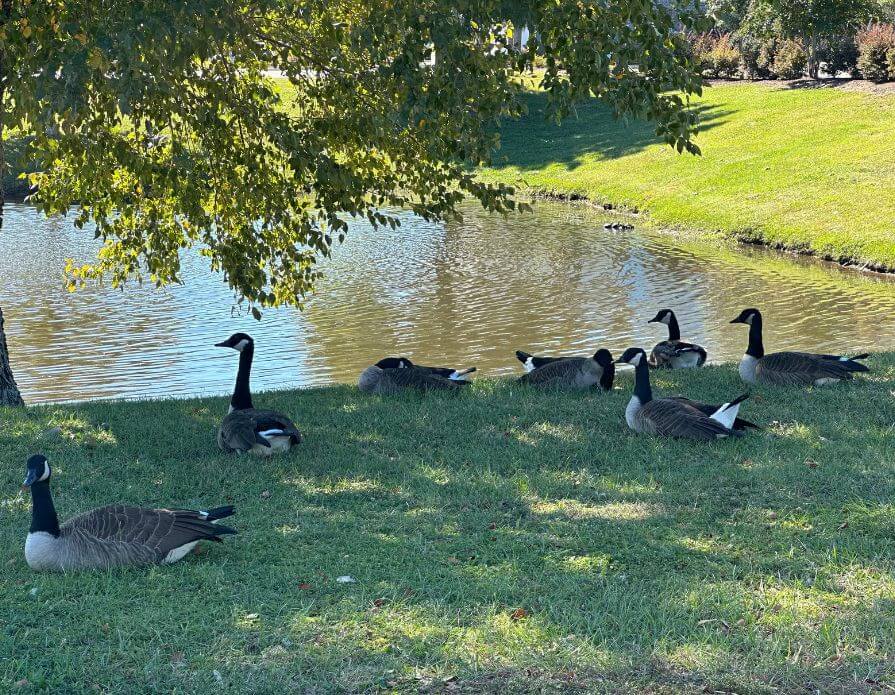4 Things Cities Can Do To Protect Local Wildlife
Wildlife contributes immensely to the ecosystems that keep our cities functioning properly. From pollinators such as butterflies and bees to communities of birds and small mammals, these creatures play essential roles in biodiversity. However, urbanization often disrupts their habitats, leading to declines in local species.
The good news? Cities can take action to protect wildlife while maintaining urban development. Here are four things cities can do to protect local wildlife.
Reduce Light Pollution
Excessive light in urban areas keeps many nocturnal species from thriving. Creatures such as bats and moths depend on the dark to hunt, mate, and migrate, but bright city lights often disrupt their behavior. Strategies such as switching to motion-activated lighting in less-traveled areas can make a big difference.
Additionally, installing LED lights can help decrease light pollution since these lights can be dimmed and directed to avoid unnecessary brightness. Balancing functional lighting and a darker night sky offers nocturnal wildlife a safer environment.
Create Green Corridors
Green corridors are lifelines for animals traveling across developed spaces. Urban sprawl separates ecosystems into isolated pockets, leaving wildlife vulnerable while crossing roads or populated areas. By connecting parks, open spaces, and waterways with vegetation, animals can move safely between habitats.
These corridors also attract beneficial pollinators, leading to successful plant growth. Cities adopting such initiatives provide wildlife the freedom to expand, roam, and thrive despite surrounding urbanization.
Implement Wildlife-Friendly Landscaping Practices
Urban green spaces shouldn’t just be decorative; they should also work for wildlife. Building green spaces in urban areas with native plants and shrubs can offer animals food and shelter. Adding water features such as small ponds or fountains encourages biodiversity by attracting frogs, insects, and birds.
Avoiding pesticides or fertilizers that harm non-target species further creates safer habitats. When green areas are functional ecosystems rather than ornamental lawns, they become havens for urban wildlife.
Educate Residents About Coexisting With Wildlife
Awareness among city dwellers is essential for fostering harmony between people and wildlife. Many conflicts arise because residents don’t understand the behavior of the animals they encounter. Communities can arrange workshops, distribute pamphlets, or hold events teaching people how to safely coexist with animals such as raccoons, possums, and coyotes.
Simple gestures such as securing trash bins or creating bird feeders help wildlife stay safe while reducing negative interactions in neighborhoods. An educated population leads to fewer misunderstandings and promotes enthusiastic participation in conservation efforts.
A Collective Effort to Protect Biodiversity
Urban areas can be rich with wildlife if cities take steps to create coexistence. Initiatives such as reducing light pollution, building corridors, and maintaining native greenery support thriving ecosystems in the heart of concrete landscapes.
Cities have a unique opportunity to lead conservation efforts while setting examples for others. If cities can do these things to protect local wildlife, it will benefit not only plants and animals but also humans living side by side with nature.
